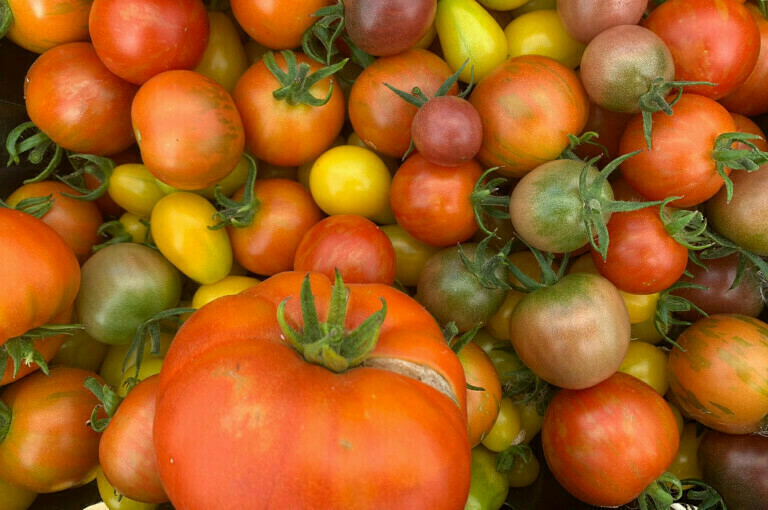Disaster capitalism, climate change, and agriculture
Many readers will be aware of the extreme weather conditions in Vermont USA. This has led to a disastrous year for agriculture and financial struggles for local farmers.
The article delves into the broader implications of these challenges, framing them within the context of ‘disaster capitalism,’ where the degradation of farming and natural resources is exploited for profit, exacerbating systemic issues and inequalities. We’re at the thin of the wedge with this stuff.

Vermont has suffered a miserable growing season and many Vermonters lost a great deal to the flood. Some lost their home and everything in it. But only two people lost their lives, and very few lost their jobs. This is astonishing, given the number of businesses that were shuttered for most of the last eight weeks. Some are still not open. Yes, we may have lost quite a lot, but our losses are marginal compared to the many dozens of people killed in the Maui fire and the billions of dollars of devastation in flooding elsewhere in this country. Similarly, farm losses across the country are measured not in tens of millions, but in billions. Net income from US farming is expected to drop by $30.5 billion, an 18.2% loss over 2022, which was itself not a good year. I’m sure Vermont is in that estimate, but we only add a bit to the decimal places of that number. And these few horrific numbers barely scrape the surface of loss in the US, with even greater horrors mounting everywhere else in the world. (Can Canada even measure the damages sustained in this year’s fires…)Source: The future earth is already here | resilienceThese numbers show that we are in the age of the disaster capitalism described by Naomi Klein after she witnessed the response to Katrina. There has always been more income in the breaking of human lives than in maintaining them. In truth, the 20th century surge in disposable products and planned obsolescence was nothing but extracting profits from breakdown. Similarly, our economy was strongest as it pulled itself out of the devastation of World War II. As long as there are resources and cheap labor somewhere, somebody will profit over our loss. What is different now is that nearly resources and cheap labor are being funneled into this economics of disaster with little left to sustain actual lives.
[…]
We are in disaster capitalism and have been for a long while. I believe that capitalism has always been intrinsically tied to disaster and destruction, whether natural or engineered, but not many people share my views — because my views are from the edge spaces, the bottom and sides of this system. I sit outside and can see things that those dependent on this capitalist system for privilege and wealth do not, or can not. Upton Sinclair’s quip about the inverse relationship between a man’s paycheck and his ability to comprehend any given issue is the duct tape that holds capitalism together in these increasingly disastrous times — increasingly disastrous because of capitalism, whether the result of inadvertent externality or planned waste and breakdown. This system can only survive if enough people refuse to see that its basic function is destruction. Though of course it can also only survive if there are cheap resources and labor to mine for disaster remediation, and we are now entering the stage of late capitalism that has no more cheap things to turn into waste. Capital is feeding on itself, struggling to bring in revenues that can cover its increased costs — costs like fires and floods, scarce resources and a debilitated workforce wracked by disaster. The system needs all the propaganda it can muster to keep telling itself that it is alive and well, keeping those men with dependent paychecks blind to its demise.